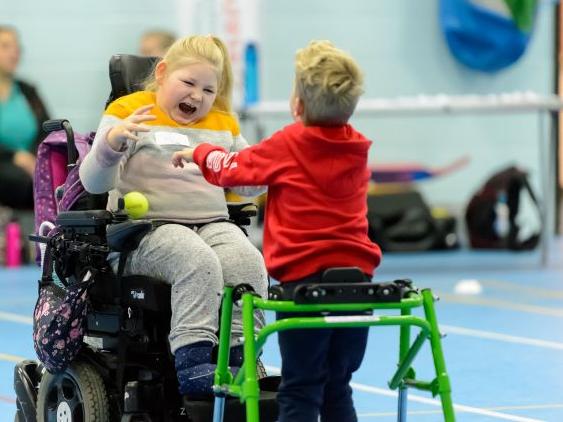Disabled children and young people should be getting 20 minutes of exercise a day and doing strength and balance activities three times a week, according to new guidelines from the UK’s Chief Medical Officers (CMOs).

The guidelines are underpinned by research from Durham University, University of Bristol and Disabilities Rights UK, and the infographic they are presented in is the first of its kind to be co-produced with disabled children, young people and their families.
The new guidelines recommend disabled children and young people:
“We encourage schools, parents, carers and healthcare professionals to communicate and promote these guidelines across their wider professional networks to enable appropriate physical activity opportunities for disabled children and disabled young people in their communities,” said the CMOs - Professor Sir Chris Whitty, Professor Sir Michael McBride, Professor Sir Gregor Smith and Sir Frank Atherton.
“Regular physical activity has physical and mental health benefits for people of all ages. However, children and young people with disabilities are less likely to be active than non-disabled children, which can lead to health disparities, and these may widen as they become older.”
The evidence found physical activity can be equally beneficial for disabled children and young people as non-disabled children, tackling misinformation about the risk. Ensuring children and young people, regardless of their disability status, are as physically active as possible is crucial to their health and wellbeing - both now and in the long-term.
Specific benefits that disabled children and young people can gain from physical activity include improved confidence and concentration, meeting new people and stronger muscles and improved motor strength.
This guidance will support wider work by the Office for Health Improvement and Disparities (OHID) to get more children and young people physically active and tackle health inequalities.